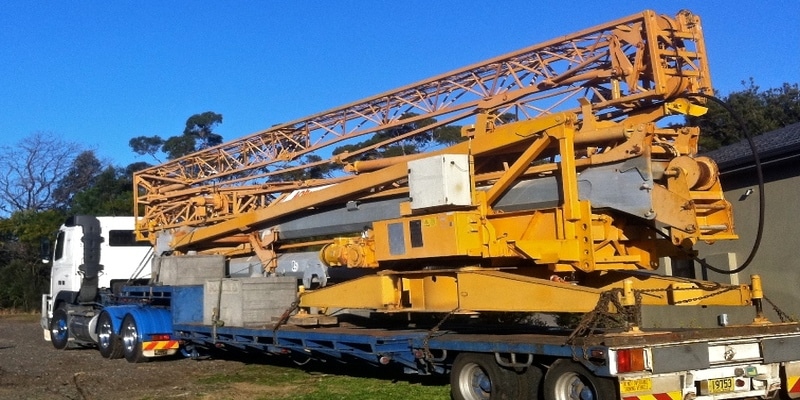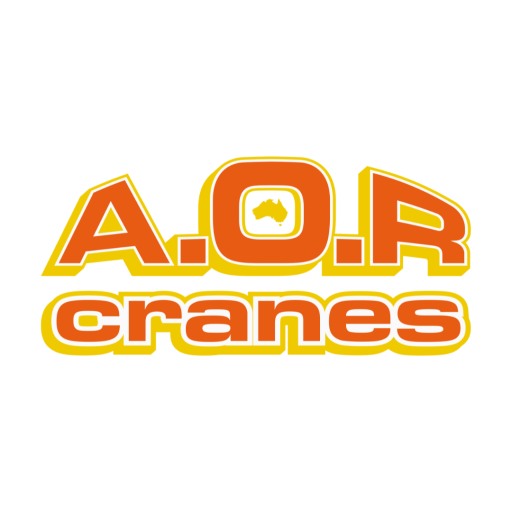
Self-Erecting Tower Crane: Features, Benefits and How Its Works
The construction industry relies heavily on efficiency, innovation, and adaptability, especially in modern-day projects where space and time are limited. Self-erecting cranes have become a game-changer in this scenario, offering the perfect balance between functionality and convenience.
In this article, we will explore everything you need to know about self-erecting cranes, their features, benefits, and how they work, while providing insights into their applications and key differences from traditional tower cranes.
What is a Self-Erecting Crane?
A self-erecting crane is a specialized type of crane designed for quick assembly and disassembly without the need for external equipment. These cranes are typically smaller and more compact than traditional tower cranes, making them ideal for projects where space is at a premium. Their unique design allows them to fold and unfold with ease, and they can be transported as a single unit to construction sites.
What is a Self-Erecting Crane used for?
Self-erecting cranes are used in a variety of applications, particularly in situations where efficiency and flexibility are paramount. Here are some common uses:
- Residential Construction: Ideal for building homes or small apartment complexes in urban areas.
- Light Commercial Projects: Perfect for constructing schools, offices, and small retail spaces.
- Renovation Projects: Their compact design makes them suitable for sites with restricted access, such as narrow streets or alleyways.
- Indoor Applications: Some models can even be used indoors due to their versatility and minimal setup requirements.
How does a Self-Erecting Crane Work?
Self-erecting cranes operate through an integrated system that automates the setup process. Here’s a step-by-step breakdown of how they work:
- Transportation: The crane is transported to the site as a single, compact unit, often mounted on a trailer.
- Stabilization: The crane is positioned using outriggers that stabilize it on uneven terrain.
- Erection Process: Using hydraulic or electric mechanisms, the crane unfolds its jib and mast into the working position.
- Operation: Once fully erected, the crane can be controlled remotely or from a control panel, offering precise maneuverability.
- Dismantling: After the project is complete, the crane folds back into its transportable state for easy relocation.
What are the advantages of Self-Erecting Tower Cranes?
Self-erecting cranes offer numerous benefits that make them a preferred choice for many construction projects:
- Time Efficiency: Their quick assembly and disassembly save valuable time, reducing overall project timelines.
- Cost-Effective: Eliminates the need for additional equipment or labor for installation, lowering costs.
- Versatility: Suitable for various applications, including residential, commercial, and renovation projects.
- Compact Footprint: Their ability to operate in tight spaces makes them ideal for urban construction sites.
- Ease of Transportation: Designed for mobility, they can be relocated with minimal effort.
- Safety: Automated processes reduce the risks associated with manual assembly and operation.
What is the difference between a Self-Erecting Crane and a Tower Crane?
Self-erecting cranes and tower cranes differ mainly in setup, mobility, application, space requirements, and cost. Self-erecting cranes are quick to set up with an automated process, while tower cranes require manual assembly, making them more time-consuming. In terms of mobility, self-erecting cranes are easy to transport and relocate, whereas tower cranes are stationary and complex to move.
Self-erecting cranes are ideal for small to medium-scale projects and tight spaces, while tower cranes are better suited for large-scale construction with higher lifting needs. Additionally, self-erecting cranes are more cost-effective for smaller projects, whereas tower cranes have higher costs due to their size and setup complexity.
Self Erecting Cranes at AOR Cranes
At AOR Cranes, we offer several models of self-erecting tower cranes designed to meet diverse construction needs:
1. Potain HD 16C
The Potain HD 16C is a robust 2-tonne tower crane known for its reliability and efficiency in various applications.
2. Potain IGO 36
The Potain IGO 36 is 4 tonne Self Erecting tower crane, with lifting capacity of 4 tonnes & a maximum radius of 10.7 meters and a jib length of up to 32 meters. It is particularly effective in restricted areas like narrow streets or indoor settings due to its compact design.
3. Potain Hup 32-27
The Potain Hup 32-27 features advanced technology that addresses demanding challenges related to height. This model emphasizes quality, performance, and productivity while ensuring safety on-site
Conclusion
Self-erecting cranes have revolutionized the construction industry by offering unmatched efficiency, mobility, and versatility. Whether you’re working on a residential project in a bustling city or a renovation in a narrow alley, these cranes provide the perfect solution to modern construction challenges.
At AOR Cranes, we provide the best self-erecting crane hire services including the Potain HD 16C, Potain IGO 36, and Potain Hup 32-27, tailored to your project’s needs. If you are looking for Self-erecting tower crane hiring services, we are here with innovative crane solutions, reach out to us today.

AOR Cranes is dedicated to delivering top-notch crane hire services with safety, reliability, and expertise at the core. With over 30 years of experience, we handle every project with care and expertise to meet your needs.








